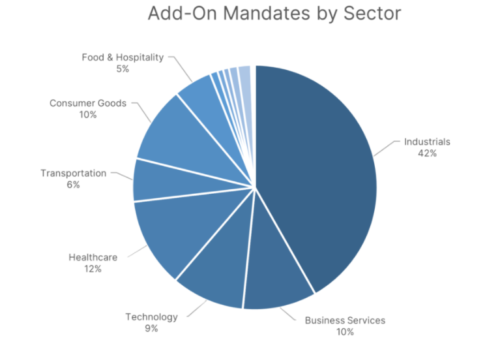

Eventually every business owner will have to turn over control of their business to someone else. There are many options for how this can play out. They range from selling the business to a prospective buyer or selling to a competitor, to turning your business over to a family member. It is key that you start thinking about these options years before you end up in a situation where you actually have to sell.
Working with a Business Broker or M&A Advisor is one way to determine what sales options are optimal for you based on your specific situation. Let’s explore some of the variables you’ll want to consider when you decide to transfer your business to a family member.
Tax Advantages
There are some significant advantages to transferring your business to a family member. No doubt topping the list of advantages of going this route is the fact that the transfer can be considered a gift. One advantage of this approach is that you’ll reduce your real estate taxes. Depending upon how the agreement is written, you also may be able to maintain some control over the business. For many business owners, this factor can be a big advantage.
Seller Financing
One issue you’ll want to explore when opting to transfer your business to a family member is seller financing. Seller financing is a common practice when it comes to buying and selling businesses in general. This type of financing is even more common where transfers to relatives are concerned.
Seller financing opens up the versatile option of implementing a private annuity. A private annuity can serve to spread payments out across a long period of time. This could be a win-win situation for both you and your relative. You would receive a long-term stream of income as a result of ongoing payments. In turn, this decision may very well make ownership more financially realistic for your relative.
Legal Agreements
Keep in mind that if you sell your business to a relative, this in no way negates the need for a buy-sell agreement. Even when you are dealing with your most trusted family members, legal agreements must be firmly in place. A buy-sell agreement is an invaluable tool that protects everyone involved.
This contract clearly outlines all aspects of the arrangement. Your buy-sell agreement should include such key information including the value of the business, amount being paid, information on which employees will be retained, the current business owner’s level of future involvement, and much more.
Working with Professionals
Ultimately, there are a range of potentially powerful benefits associated with transferring a business to a relative. While it is true that you can expect the IRS to closely evaluate the sale, this should not dissuade you from considering this option. Business Brokers and M&A Advisors are experts at buying and selling businesses, and they understand the specifics of transferring a business to relatives. Working with professionals early in the selling process can help you gain tremendous insight into the best way to proceed.
Copyright: Business Brokerage Press, Inc.
The post Important Points for Selling to a Family Member appeared first on Deal Studio – Automate, accelerate and elevate your deal making.






 A
A 








